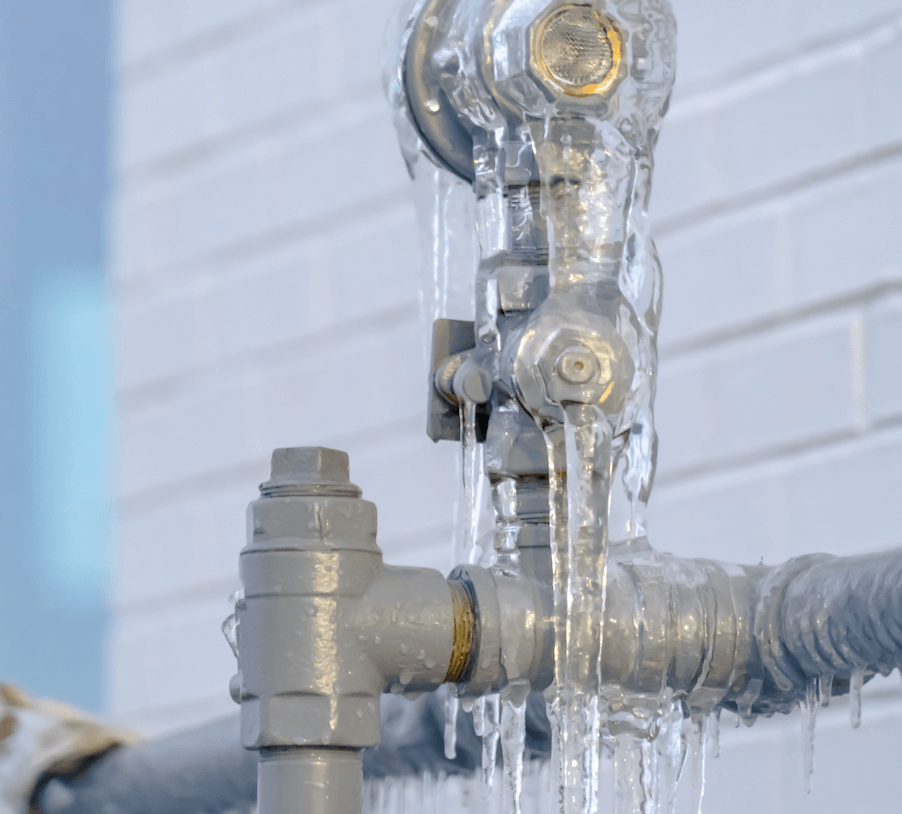How to Protect Your Plumbing from Freezing: Critical Strategies
How to Protect Your Plumbing from Freezing: Critical Strategies
Blog Article
They are making several great pointers on Helpful Tips to Prevent Frozen Pipes this Winter as a whole in the article on the next paragraphs.

Cold weather can ruin your plumbing, particularly by freezing pipes. Here's how to prevent it from occurring and what to do if it does.
Introduction
As temperature levels decline, the danger of icy pipes boosts, possibly causing costly repair services and water damages. Understanding how to stop frozen pipes is essential for homeowners in cold climates.
Recognizing Icy Pipelines
What creates pipelines to ice up?
Pipes freeze when exposed to temperature levels below 32 ° F (0 ° C) for prolonged periods. As water inside the pipes freezes, it increases, taxing the pipeline wall surfaces and possibly triggering them to rupture.
Dangers and problems
Frozen pipelines can result in water disturbances, home damages, and expensive repair services. Burst pipes can flood homes and cause comprehensive structural damages.
Indicators of Frozen Water Lines
Recognizing frozen pipelines early can stop them from bursting.
How to determine frozen pipelines
Try to find decreased water circulation from faucets, uncommon odors or noises from pipelines, and visible frost on revealed pipes.
Avoidance Tips
Insulating at risk pipelines
Cover pipelines in insulation sleeves or use heat tape to shield them from freezing temperatures. Focus on pipes in unheated or exterior areas of the home.
Home heating techniques
Maintain indoor rooms properly heated up, specifically locations with plumbing. Open cabinet doors to allow warm air to distribute around pipes under sinks.
Safeguarding Outside Plumbing
Garden tubes and exterior taps
Separate and drain yard hoses prior to winter season. Install frost-proof spigots or cover outside faucets with shielded caps.
What to Do If Your Pipes Freeze
Immediate activities to take
If you suspect frozen pipelines, keep faucets open to eliminate pressure as the ice melts. Use a hairdryer or towels taken in hot water to thaw pipelines gradually.
Long-Term Solutions
Architectural adjustments
Take into consideration rerouting pipes away from exterior walls or unheated areas. Add added insulation to attics, basements, and crawl spaces.
Upgrading insulation
Purchase high-grade insulation for pipes, attics, and walls. Appropriate insulation helps keep constant temperature levels and reduces the danger of frozen pipelines.
Verdict
Protecting against icy pipes requires proactive actions and fast responses. By comprehending the reasons, indications, and preventive measures, homeowners can safeguard their pipes throughout winter.
6 Proven Ways to Prevent Frozen Pipes and Protect Your Home
Disconnect and Drain Garden Hoses
Before winter arrives, start by disconnecting your garden hoses and draining any remaining water. Close the shut-off valves that supply outdoor hose bibs and leave the outdoor faucet open to allow any residual water to drain. For extra protection, consider using faucet covers throughout the colder months. It’s also important to drain water from any sprinkler supply lines following the manufacturer’s directions.
Insulate Exposed Pipes
Insulating your pipes is an effective way to prevent freezing. Pipe insulation is readily available at home improvement stores and is relatively inexpensive. Pay close attention to pipes in unheated areas such as the attic, basement, crawl spaces, or garage. Apply foam insulation generously to create a buffer against the cold. You can also wrap your pipes in heat tape or thermostat-controlled heat cables for added warmth.
Seal Air Leaks
Inspect your home for any cracks or openings that could let in cold air. Seal any holes around the piping in interior or exterior walls, as well as the sill plates where your home rests on its foundation. Additionally, make sure to keep your garage door closed unless you’re entering or exiting. Leaving it open creates a significant air leak that can lead to frozen pipes.
Allow Warm Air Circulation
During cold snaps, it’s essential to allow warm air to circulate evenly throughout your home. Leave interior doors ajar to promote better airflow. Open kitchen and bathroom cabinets to help distribute heat consistently around the rooms. If you have small children or pets, be sure to remove any household chemicals or potentially harmful cleaners from open cabinets for safety.
Let Faucets Drip
A small trickle of water can make a big difference in preventing ice formation inside your pipes. When temperatures drop significantly, start a drip of water from all faucets served by exposed pipes. This continuous flow helps prevent the water from freezing. Additionally, running a few faucets slightly can relieve pressure inside the pipes, reducing the chances of a rupture if the water inside does freeze.
https://choateshvac.com/6-proven-ways-to-prevent-frozen-pipes-and-protect-your-home/

As a devoted person who reads about Prevent Frozen Pipes , I figured sharing that piece of content was a good thing. Don't hesitate to take the time to distribute this entry if you liked it. Thank you for your time. Kindly come by our site back soon.
Free Estimates Report this page